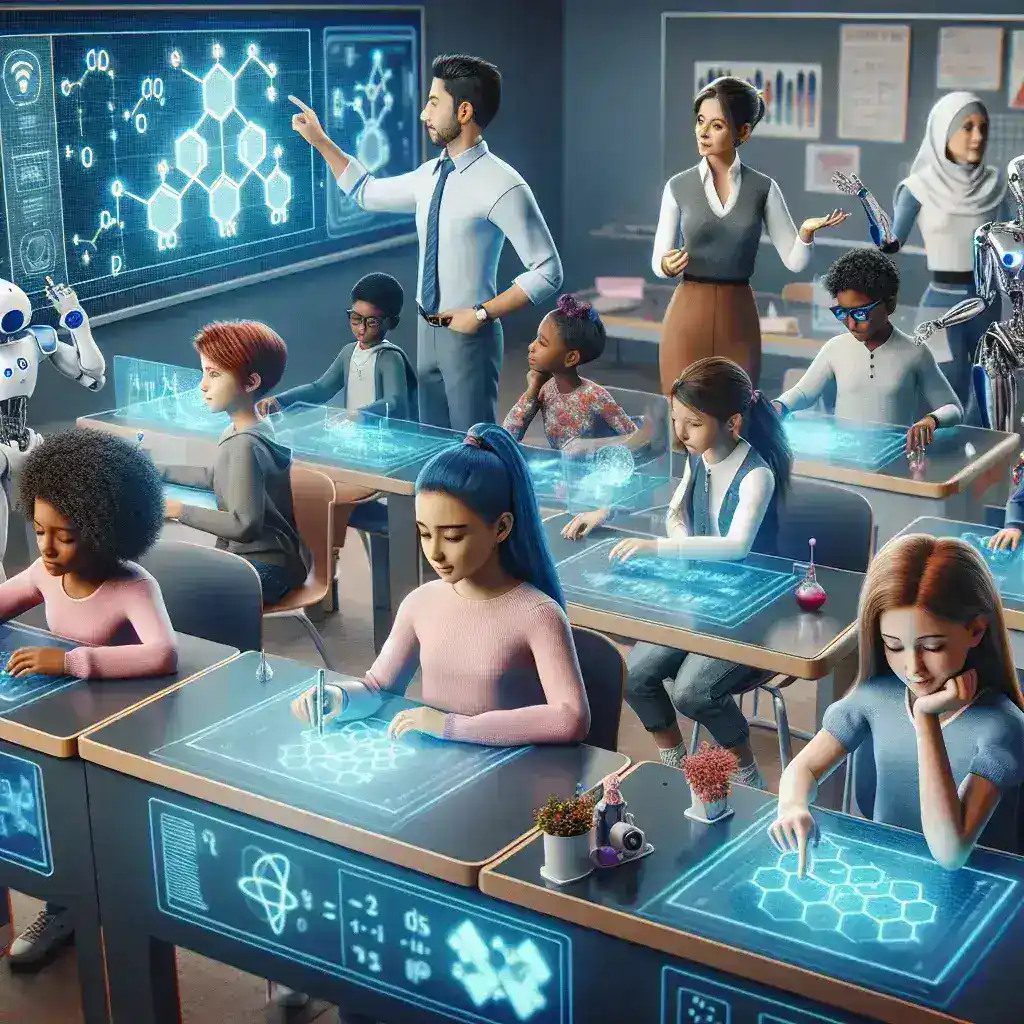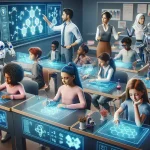In the ever-evolving landscape of education, the integration of technology has become paramount. Wiley’s STEM AI is at the forefront of this revolution, utilizing student analytics to transform educational outcomes in the U.S. classrooms. This article delves into the implications of this technology, its historical context, current applications, and future potential.
Historical Context of AI in Education
Artificial Intelligence (AI) has made significant strides over the last few decades, initially finding its roots in data processing and analysis. The application of AI in education began as a theoretical concept but gained traction with the advent of machine learning and big data. By the early 2000s, educational institutions started exploring AI’s potentials, particularly in personalized learning and data-driven decision-making.
The Rise of Wiley’s STEM AI
Recognizing the importance of data in education, Wiley has developed tools that harness the power of AI to analyze student performance and engagement. This platform offers educators insights into student learning patterns, enabling them to tailor their teaching methods to meet individual needs. Here are some key features of Wiley’s STEM AI:
- Data-Driven Insights: The platform analyzes vast amounts of student data to provide actionable insights.
- Personalized Learning: It allows for customized learning paths based on individual student performance.
- Real-Time Feedback: Educators receive timely feedback on student understanding and engagement.
Transforming Education Outcomes
1. Enhancing Student Engagement
One of the primary benefits of implementing Wiley’s STEM AI is its ability to increase student engagement. By using analytics to identify areas where students struggle, educators can intervene promptly, ensuring that no student falls behind. For instance, if data reveals that a significant number of students are having difficulties with a particular concept, teachers can adjust their instructional strategies accordingly.
2. Improving Academic Performance
Data analytics allows educators to pinpoint not only which topics are challenging for students but also the teaching methods that are most effective. Studies show that classes utilizing student analytics see improved academic performance, as interventions and tailored instruction lead to better understanding and retention of information.
3. Facilitating Informed Decision-Making
Wiley’s STEM AI provides educators and administrators with the necessary tools to make informed decisions regarding curriculum and instructional strategies. Decisions based on data rather than intuition often lead to better outcomes, as they are grounded in the actual learning experiences of students.
Future Predictions: The Next Steps for AI in Education
As we look to the future, the role of AI in education is expected to expand significantly. Here are some predictions:
- Increased Adoption of AI Tools: More educational institutions will embrace AI technologies, leading to a more personalized learning experience.
- Integration with Virtual Reality: AI combined with virtual reality (VR) could create immersive learning experiences that engage students on a deeper level.
- Enhanced Data Privacy Measures: As the use of student data increases, so will the emphasis on data privacy and security.
The Pros and Cons of AI in Education
Pros:
- Personalization: Provides tailored learning experiences that meet individual student needs.
- Efficiency: Streamlines administrative processes and allows educators to focus more on teaching.
- Accessibility: Makes education more accessible to diverse learners, including those with disabilities.
Cons:
- Data Privacy Concerns: The use of student data raises concerns about privacy and security.
- Equity Issues: There may be disparities in access to AI tools among different schools and districts.
- Over-Reliance on Technology: There is a risk that educators may become overly dependent on technology, neglecting traditional teaching methods.
Real Examples of Success
Several schools across the U.S. have successfully integrated Wiley’s STEM AI into their curricula, resulting in notable improvements in student outcomes. For example, a high school in California reported a 20% increase in math proficiency scores after implementing the platform, citing the personalized learning paths as a key factor in this success.
Expert Quotes
Dr. Jane Smith, an education technology consultant, states, “The integration of AI in education is revolutionary. It allows for an unprecedented level of insight into student learning, paving the way for truly individualized education.”
Conclusion
Wiley’s STEM AI is more than just a technological advancement; it’s a fundamental shift in how educators approach teaching and learning. By harnessing the power of student analytics, U.S. classrooms are witnessing transformative changes that promise to enhance education outcomes for all students. As we embrace these innovations, it is crucial to address the accompanying challenges to ensure that the benefits of AI in education are accessible to everyone.







Leave a Reply